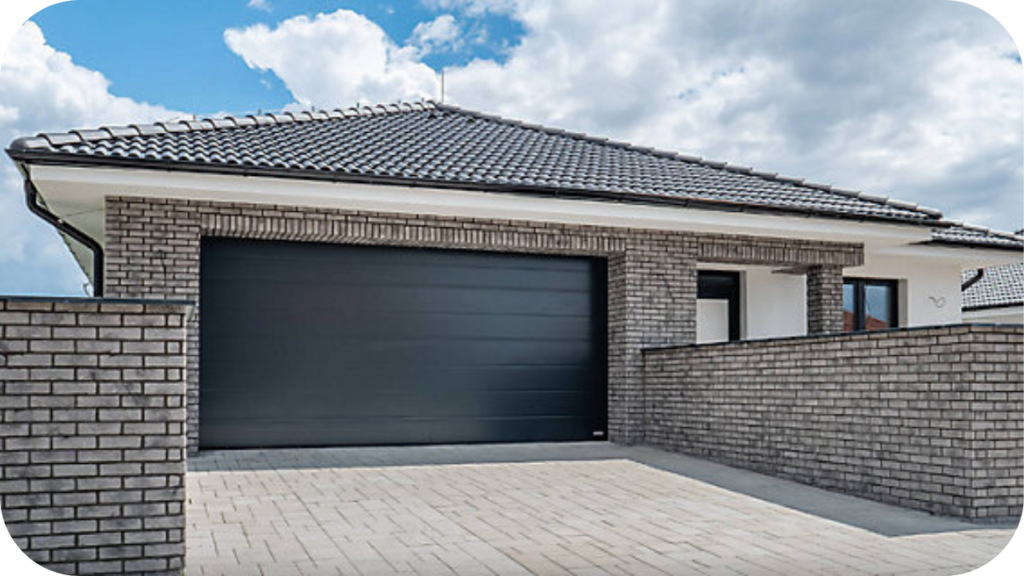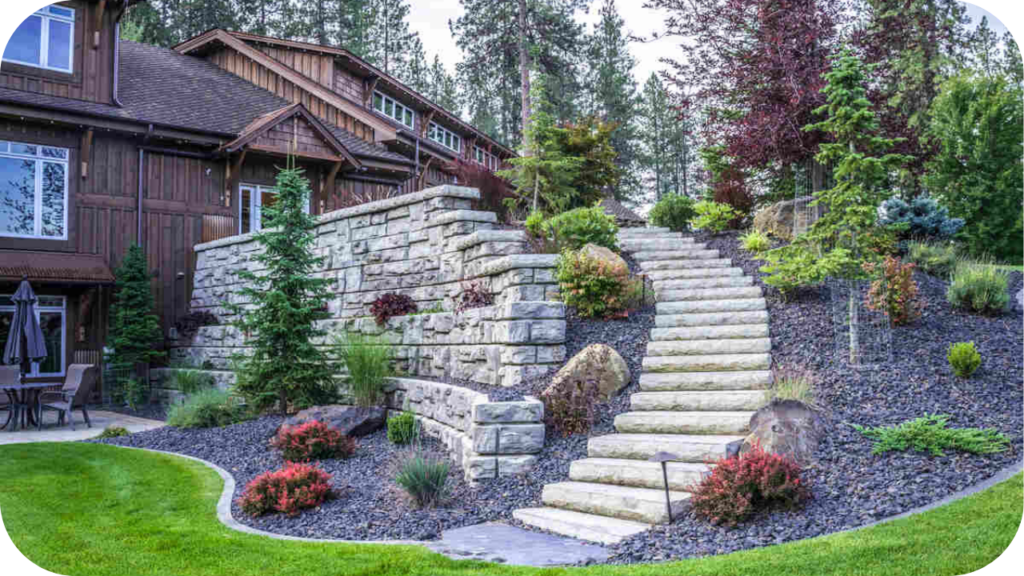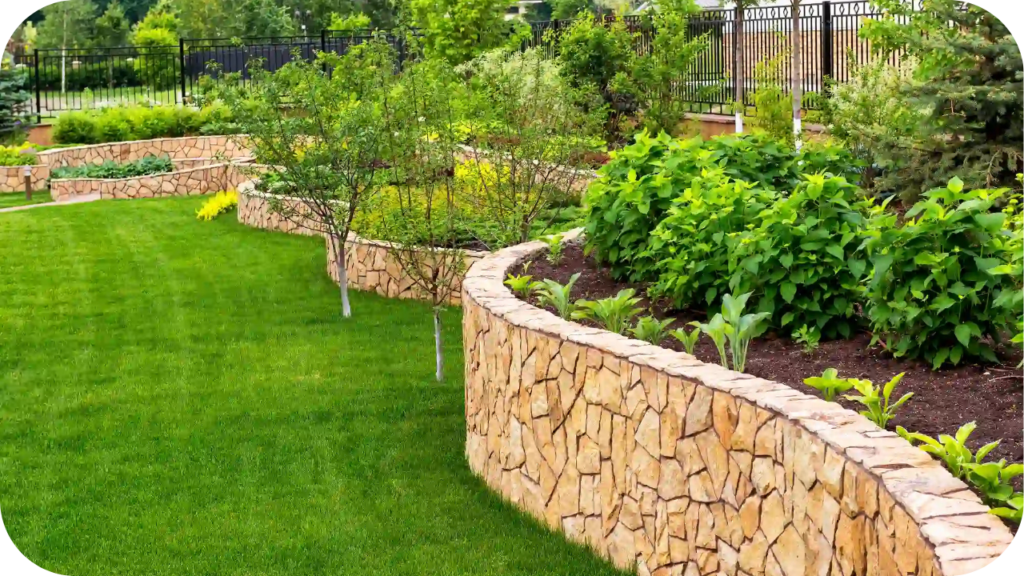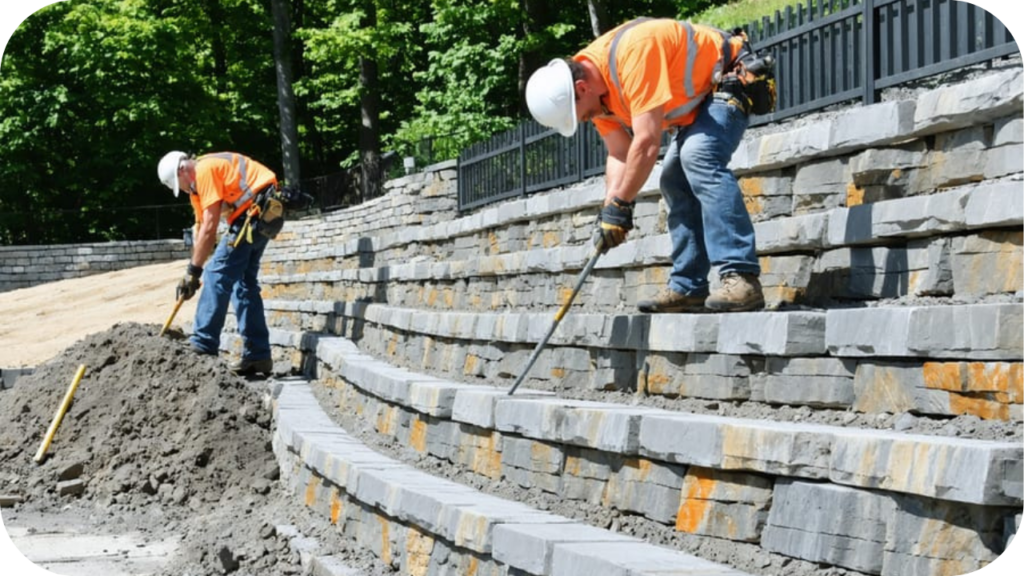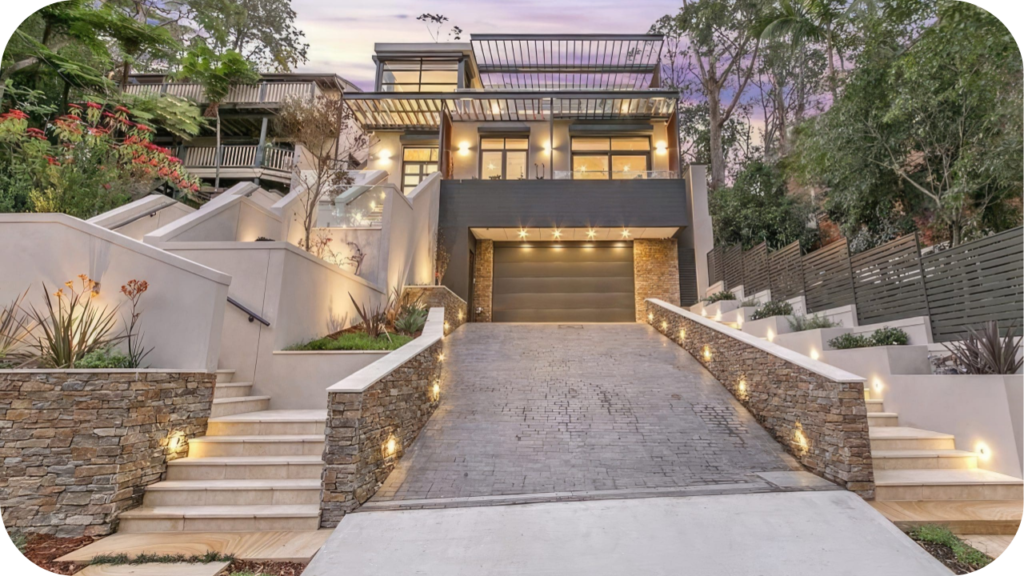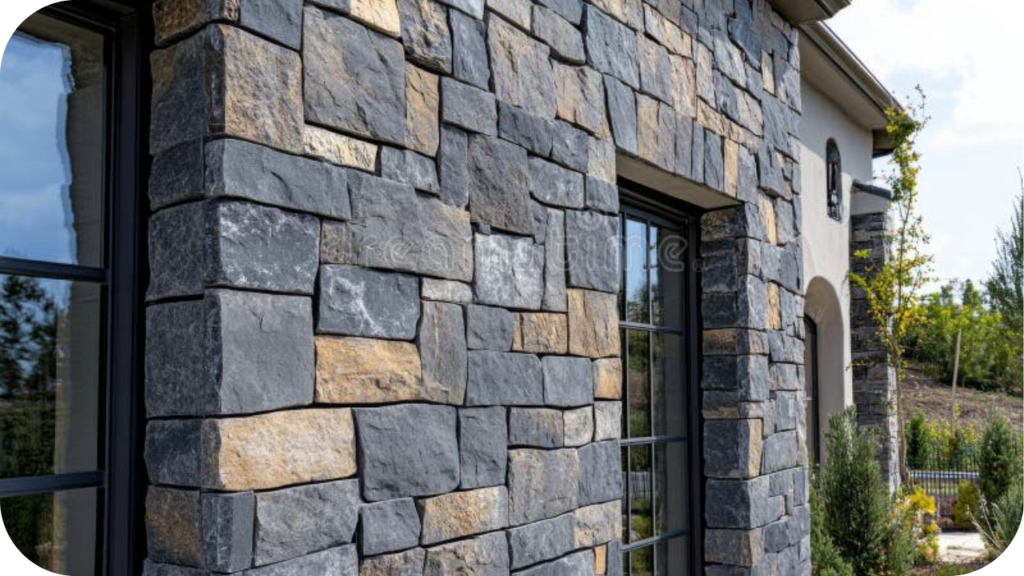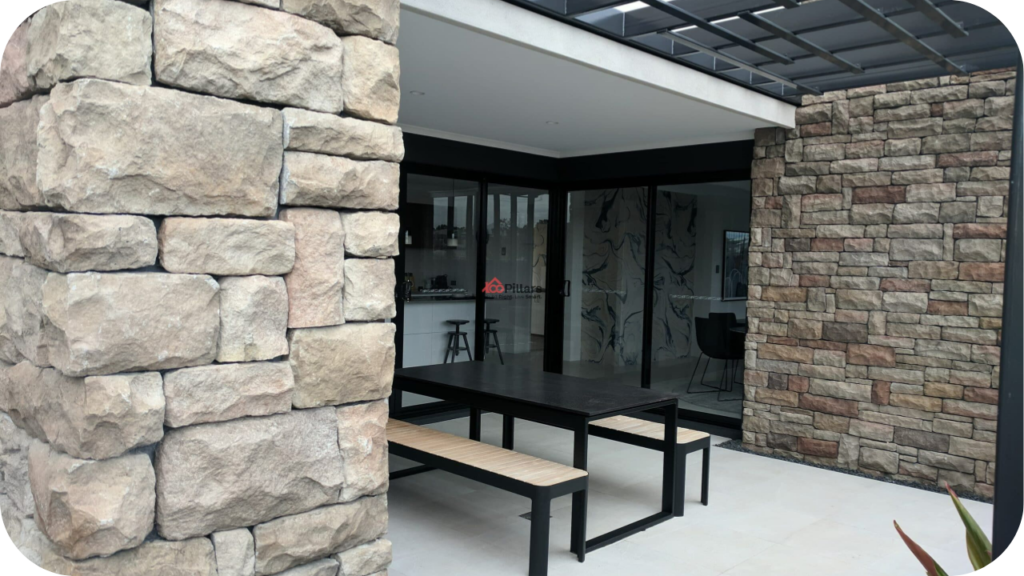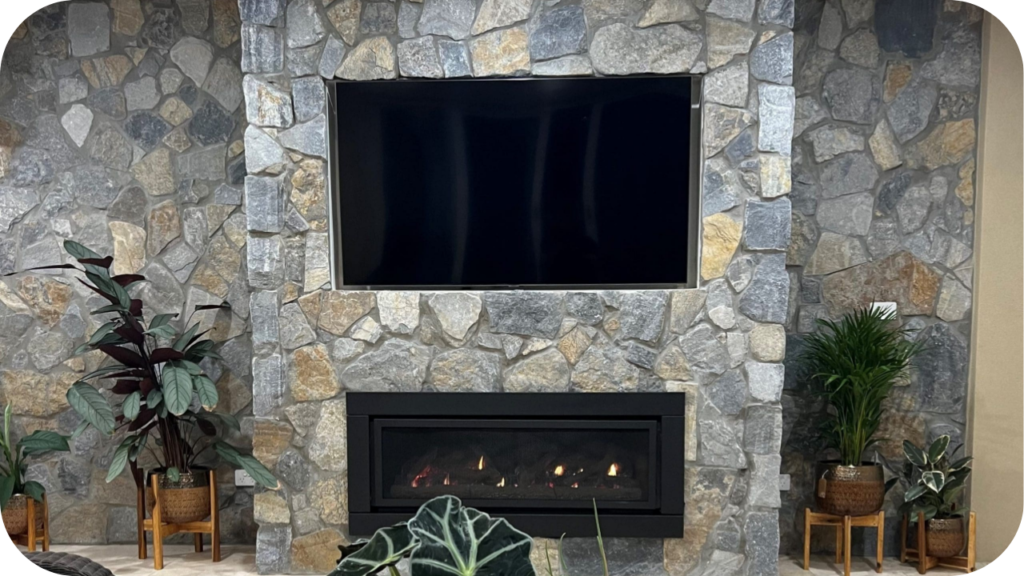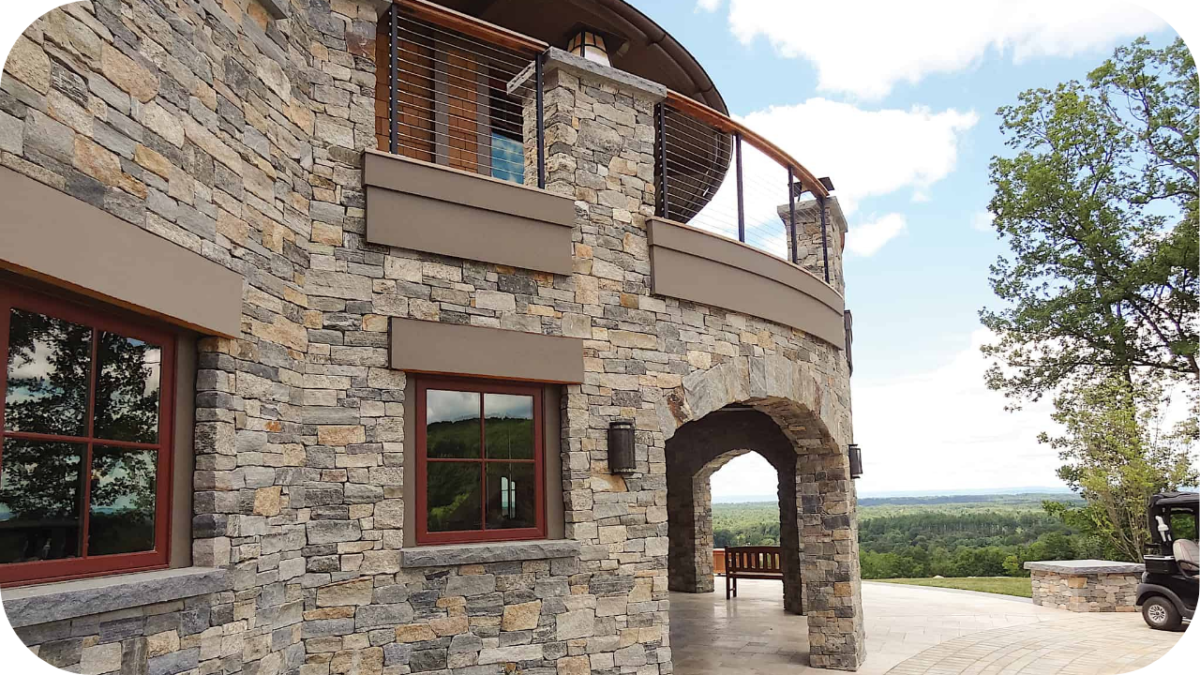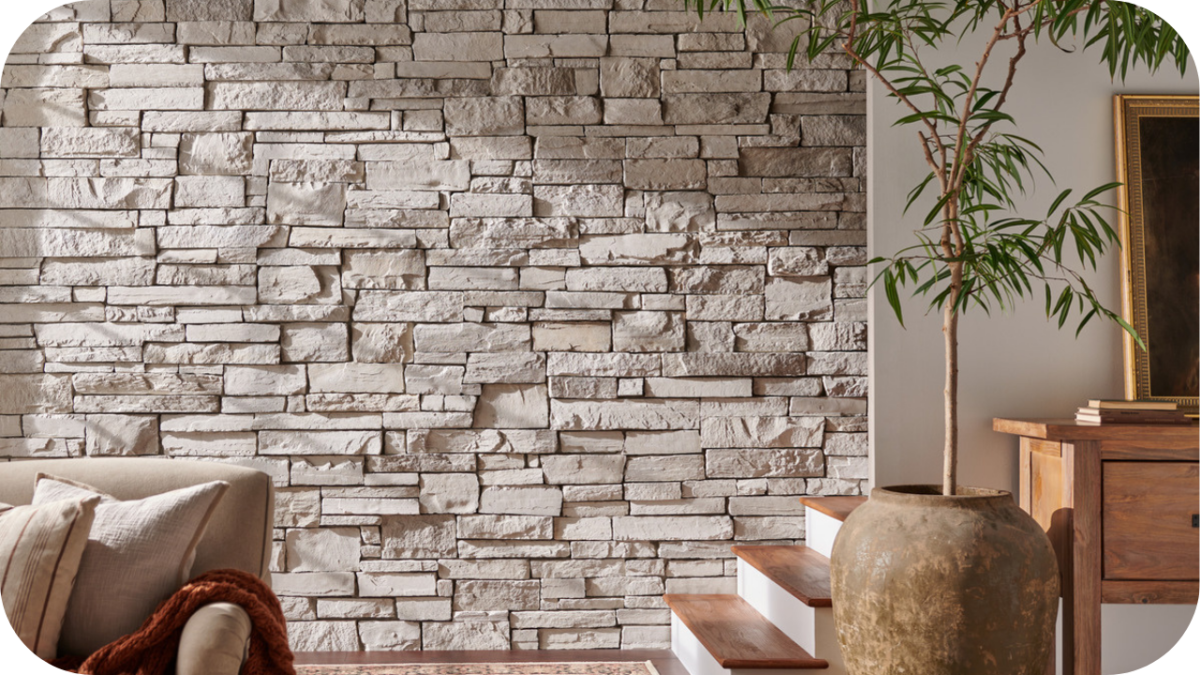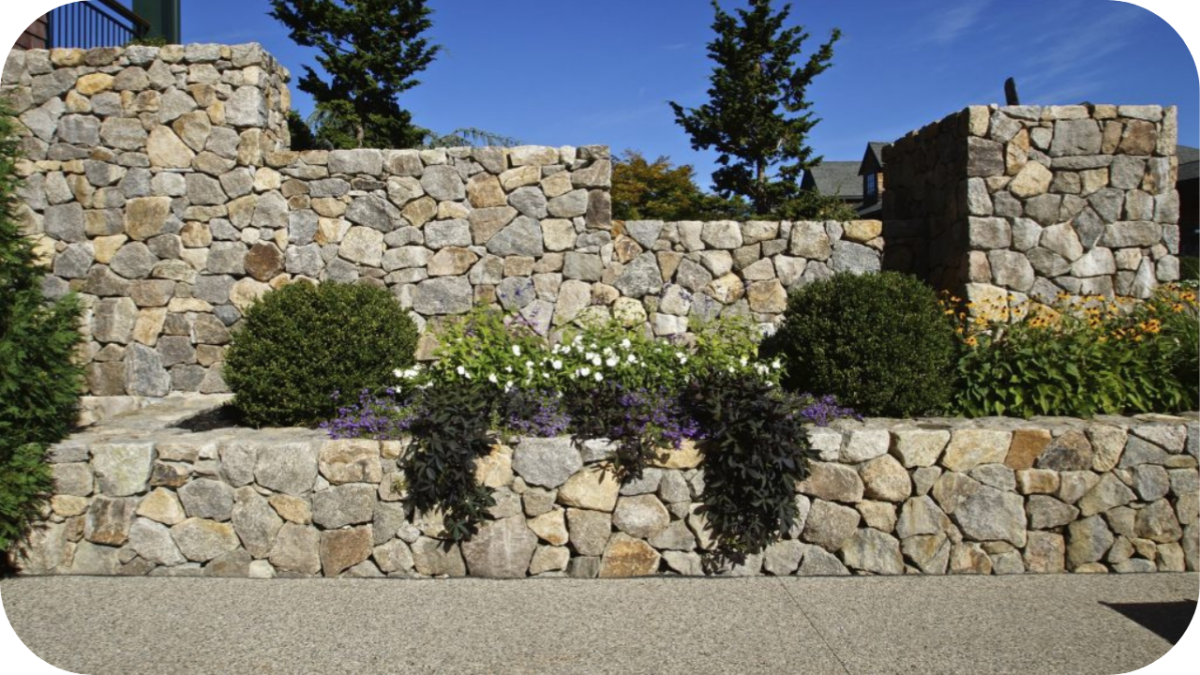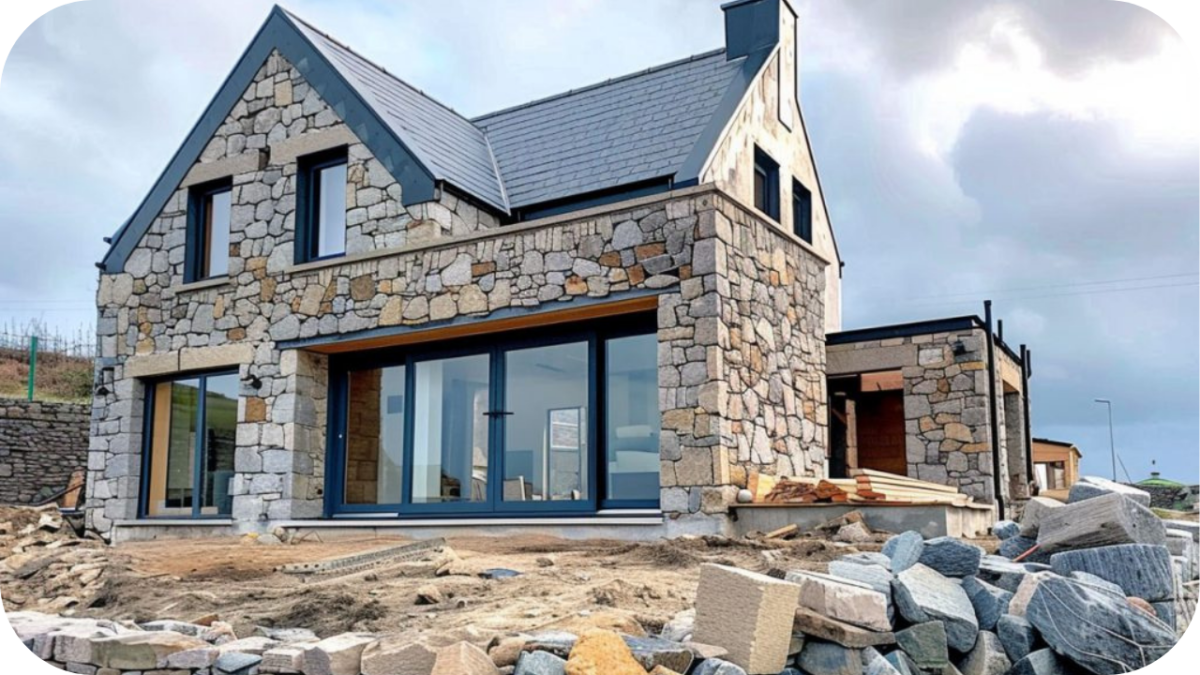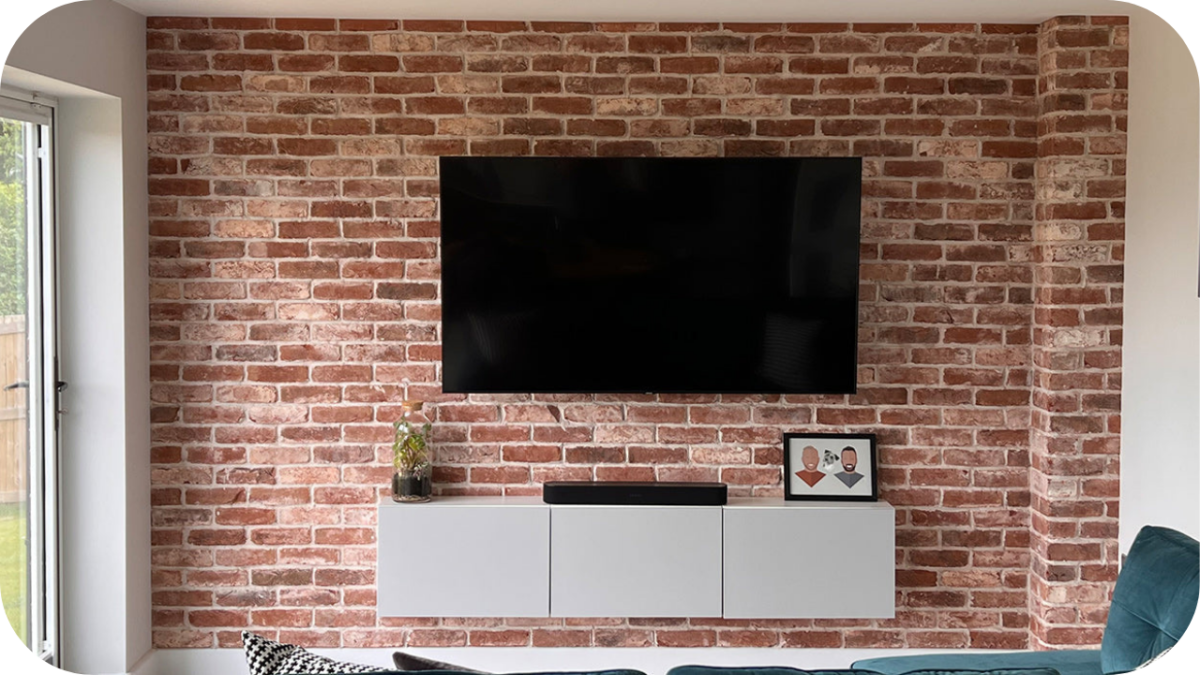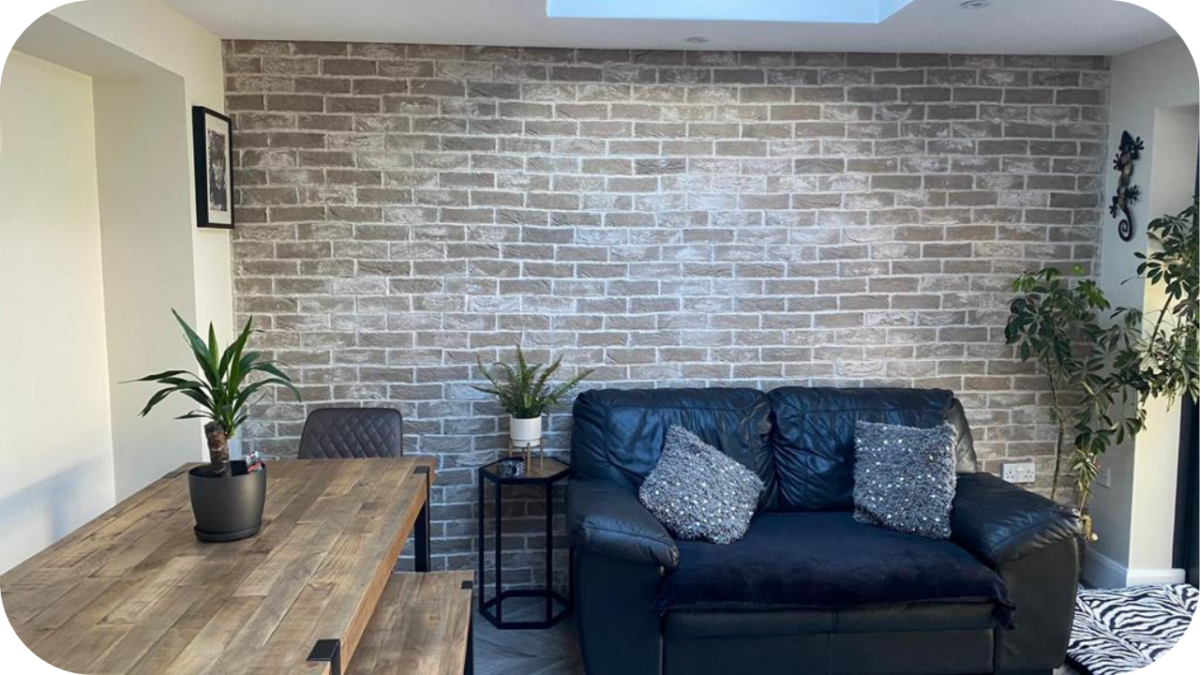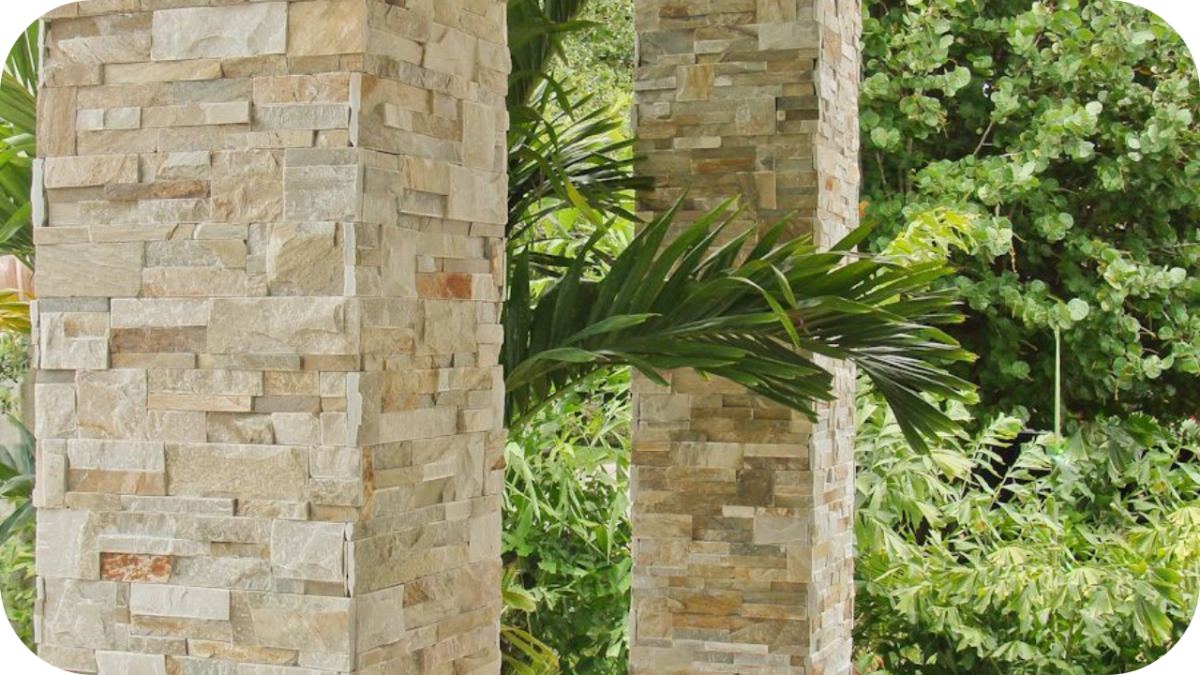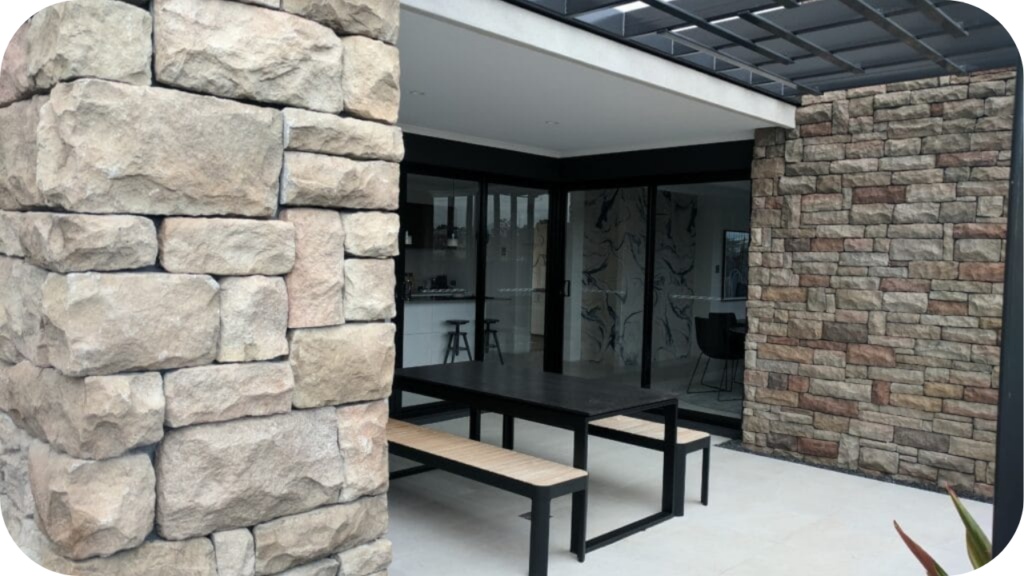Ashbury Brick Ideas for Contemporary Wall Designs
There’s something quietly confident about a well-designed wall. No bold colours. No harsh textures. Just soft, natural materials creating mood, depth, and balance.
Ashbury Brick brings that feeling to life with its creamy tones, gentle variation, and light-reflective surface. It complements a wide range of contemporary styles, from coastal calm to Scandinavian simplicity.
Whether you’re designing an inviting interior or a refined outdoor space, this brick delivers subtle impact and long-term style. This article shares where Ashbury Brick fits best and how to use it with confidence.
What Is Ashbury Brick?
Ashbury Brick is a light-toned clay brick known for its soft, natural appearance and understated elegance. Available in both new and reclaimed options, it features creamy whites, gentle greys, and organic colour variation that suits contemporary wall design.
The finish is lightly textured, offering just enough surface interest without overpowering the space. Whether used indoors or outdoors, Ashbury creates a clean, grounded feel that works beautifully in minimal, coastal, or Scandi-inspired architecture.
It comes in standard modular sizes, allowing for easy integration into most layouts. Subtle yet distinct, Ashbury Brick is ideal for calm, layered spaces where tone and texture truly matter.
Why Ashbury Brick Suits Contemporary Wall Design

To create walls that feel soft, open, and balanced, the brick you choose must reflect the surrounding style. These benefits show why Ashbury is made for modern design.
1. Complements Minimalist and Scandinavian-Inspired Styles
Ashbury Brick brings calm, natural variation to clean-lined interiors. Its soft tones and simple texture align with the quiet elegance of minimalist and Scandi spaces, where warmth, restraint, and material honesty are key design principles.
2. Enhances Natural Light and a Sense of Openness
Light bounces gently off Ashbury’s matte surface, helping brighten interiors without glare. The soft colour palette creates a feeling of space, ideal for rooms that rely on daylight and neutral tones to feel inviting.
3. Balances Dark Accents Like Timber, Metal, or Glass
Ashbury Brick adds visual softness to bold materials. When paired with black steel, dark wood, or tinted glass, it creates contrast without competition, allowing each element to hold its place in the composition.
4. Blends Seamlessly with Landscaping and Built Structures
Used externally, Ashbury Brick integrates beautifully with natural elements like stone, gravel, and timber fencing. It brings cohesion between architecture and landscape, especially in homes that use soft finishes and outdoor-focused layouts.
5. Creates a Calm Backdrop for Layered Interior Styling
Ashbury’s gentle colour variation and low-profile texture allow other design elements to shine. It supports layered interiors by acting as a grounding surface behind open shelving, neutral furniture, and curated decorative features.
Interior Wall Ideas Using Ashbury Brick
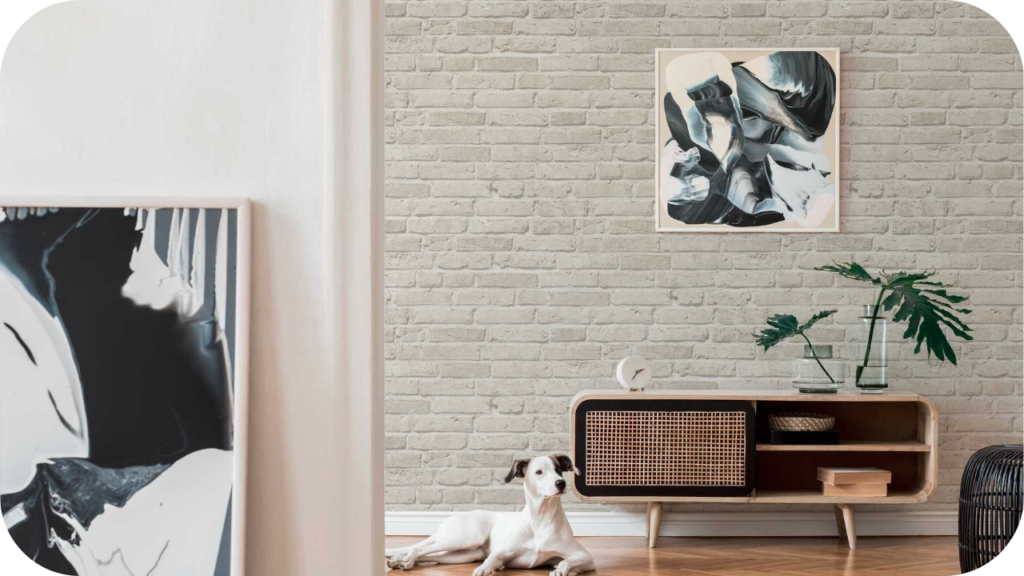
Ashbury Brick is ideal for soft, textural statement walls within contemporary interiors. Here are some of the most effective ways to use it indoors:
- Living room feature walls with soft textural warmth: Ashbury Brick introduces calm contrast and visual interest without dominating the space. It works especially well behind low-slung furniture or shelving in living rooms styled with timber and soft textiles.
- Kitchen backsplashes or rear walls in breakfast nooks: The light tones of Ashbury Brick brighten compact kitchen zones and nooks. It adds gentle texture behind benches or floating shelves while complementing timber, stone, and matte cabinetry.
- Entryway or hallway wall highlights that create flow: These transitional zones benefit from light, layered surfaces. Ashbury Brick brings subtle definition without interrupting visual flow, helping connect different zones in open-plan contemporary layouts.
- Internal fireplace surrounds in light, open-plan spaces: When used around a fireplace, Ashbury Brick provides material warmth without heaviness. It frames the hearth elegantly while maintaining the room’s overall light and cohesive feel.
- Bedroom feature walls behind neutral headboards: In contemporary bedrooms, Ashbury Brick adds a gentle point of interest behind the bed. It balances soft furnishings and warm lighting while supporting a peaceful, well-composed atmosphere.
Outdoor Wall Ideas with Ashbury Brick
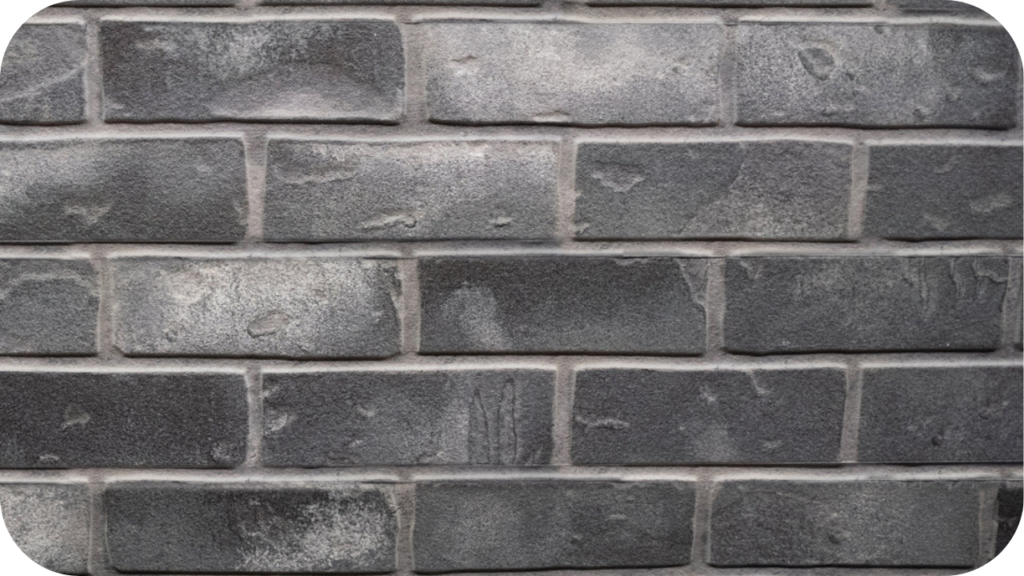
Ashbury Brick works beautifully in soft, modern landscapes where tone and texture need to complement the home. Here are ideal ways to use it outside:
- Boundary walls with light, inviting character: Ashbury Brick softens the edges of outdoor spaces while still providing structure and privacy. Its pale tone reduces visual bulk, making the garden feel open, calm, and well-framed.
- Garden feature walls that don’t overpower the greenery: This brick introduces texture without competing with plants or landscaping elements. It serves as a subtle backdrop that supports softscapes, raised beds, or vertical garden installations.
- Pool surrounds and alfresco settings: In entertaining areas, Ashbury Brick adds understated elegance. It resists glare and heat while maintaining visual continuity between pool paving, outdoor kitchens, and nearby built elements.
- Front façade or garage wall enhancements: Ashbury Brick elevates the visual impact of key street-facing elements. Its consistency and subtle variation offer warmth and refinement without drawing too much attention away from the overall architecture.
Architectural Styles That Suit Ashbury Brick
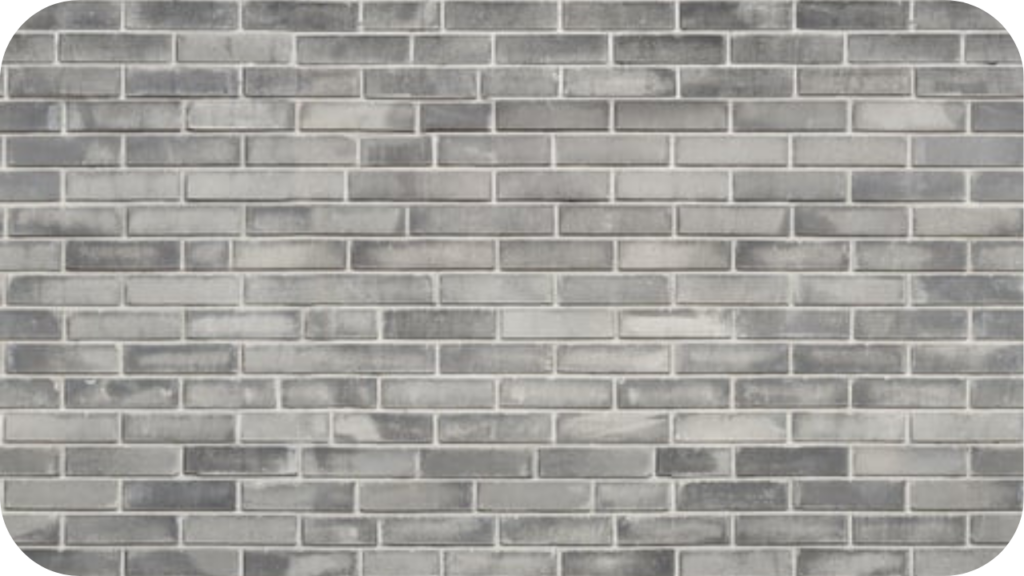
To achieve a contemporary look that feels natural and cohesive, the architectural style must support soft textures and tone. These design styles work beautifully with Ashbury Brick.
1. Mid-Century Modern Wall Design Using Ashbury Brick
The light tones and gentle variation of Ashbury Brick complement the low rooflines and linear forms of mid-century homes. Used for internal dividers or exterior walls, it adds subtle texture without overshadowing timber or glass features.
2. Scandinavian-Inspired Wall Applications with Ashbury Brick
Ashbury Brick pairs perfectly with clean lines, pale timbers, and white-on-white interiors. It works well as a statement wall behind shelving or as a subtle material choice in bright Scandinavian-style kitchen and living spaces.
3. Coastal Contemporary Wall Ideas Featuring Ashbury Brick
Ashbury’s calming tones suit breezy coastal homes where texture and softness are key. It performs well in garden walls, alfresco zones, or curved entry façades that favour light, open, and casual modern aesthetics.
4. Soft Industrial Style Walls with Ashbury Brick
In interiors that balance raw materials and soft finishes, Ashbury Brick introduces warmth and tactility. It offsets steel, concrete, or black accents, creating contrast on internal feature walls without disrupting the industrial aesthetic.
5. Contemporary Farmhouse Walls Using Ashbury Brick
For modern country builds, Ashbury Brick delivers rustic elegance with a refined edge. It’s ideal for internal fireplace surrounds, gable-end walls, or exterior facades that sit alongside board-and-batten or light stonework.
How to Pair Ashbury Brick with Other Materials
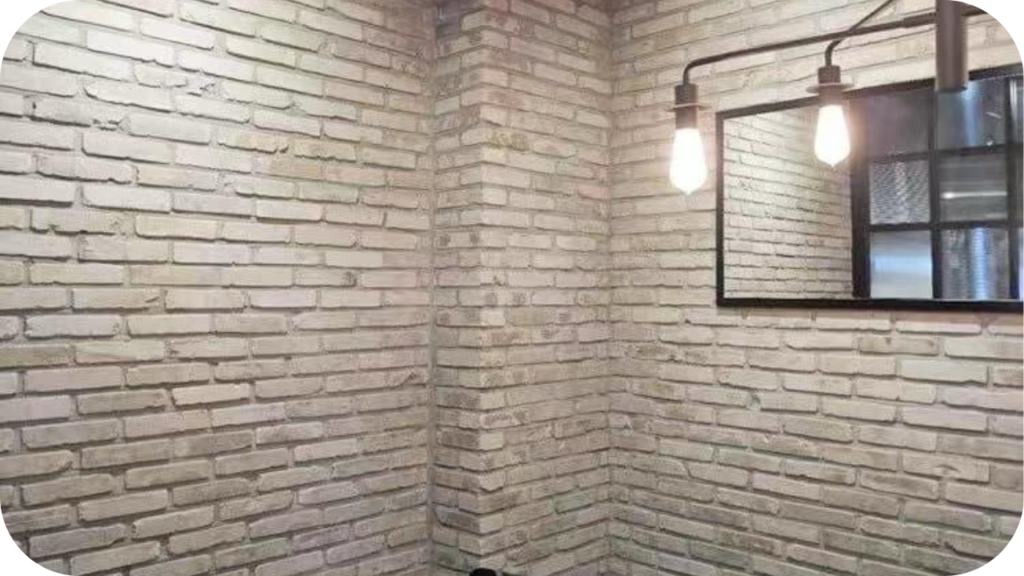
To achieve a wall design that feels complete and connected, pairing Ashbury Brick with the right materials is essential. These combinations elevate texture, tone, and style.
1. Pair Ashbury Brick with Stone Pavers for Exterior Cohesion
Ashbury Brick works beautifully alongside natural stone pavers, especially in outdoor settings. The tonal similarity helps blend walling and flooring, creating a unified landscape that feels organic, calm, and contemporary from every angle.
2. Combine with Natural Timber for Warm, Layered Interiors
The soft whites and greys in Ashbury Brick provide a subtle backdrop to rich timber finishes. Together, they bring warmth and visual interest to contemporary walls in kitchens, living rooms, or alfresco areas.
3. Use with White or Black Metal for Visual Contrast
When paired with white or black metal finishes, Ashbury Brick introduces texture and softness. It balances hard surfaces like steel-framed windows, balustrades, or lighting fixtures without clashing with the overall modern aesthetic.
4. Match Mortar to Brick Tone for Seamless Integration
Choosing a mortar colour close to Ashbury’s base tone creates a uniform, blended finish. This technique works well in minimalist wall designs where the emphasis is on subtle texture rather than contrast.
5. Contrast with Light-Coloured Render for Depth and Framing
Ashbury Brick can be framed with smooth render to define sections of a wall or façade. This approach highlights the brickwork’s texture while maintaining a soft, elegant look suitable for contemporary architecture.
How to Maintain Ashbury Brick for Lasting Aesthetic Value
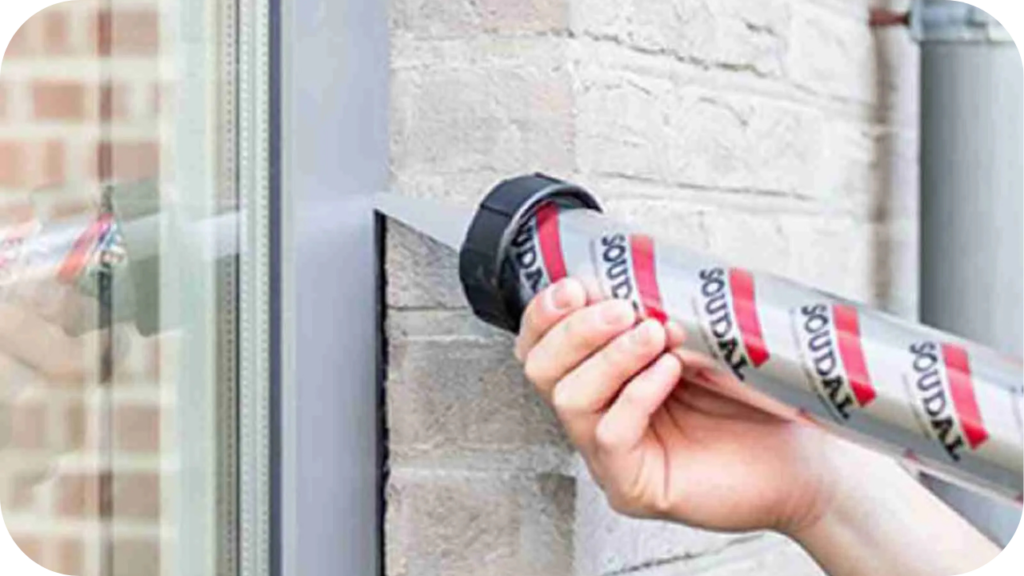
Maintaining Ashbury Brick’s soft, clean aesthetic requires the right care. These practical tips ensure your contemporary walls stay beautiful and fresh year after year:
- Clean with a soft brush and mild detergent: Gently scrub the surface to remove dust, cobwebs, or mild stains without damaging the brick’s finish or altering its natural tone.
- Rinse thoroughly to avoid residue build-up: After cleaning, use clean water to rinse off any remaining soap. This helps prevent streaking or dulling of the light brick surface over time.
- Avoid pressure washing light-coloured bricks: High-pressure water can erode mortar joints or cause patchy discolouration, especially on bricks with soft surface textures like Ashbury.
- Seal if exposed to heavy staining environments: In kitchens, alfresco areas, or near garden beds, applying a breathable sealant can reduce the risk of stains from oils, soil, or leaf tannins.
- Inspect annually for weather-related wear: Light bricks can show subtle changes from sun, salt, or moisture. A yearly check helps maintain their clean look and catch any issues early.
Final Thoughts
Ashbury Brick offers a refined, light-toned solution for contemporary walls that need warmth, texture, and elegance. Whether you’re styling interiors or exteriors, its soft tones deliver lasting appeal.
Splendour in Stone exclusively stocks reclaimed Ashbury Brick, ready for modern projects. Contact us today for expert guidance, sample requests, and professional installation support tailored to your design vision.

